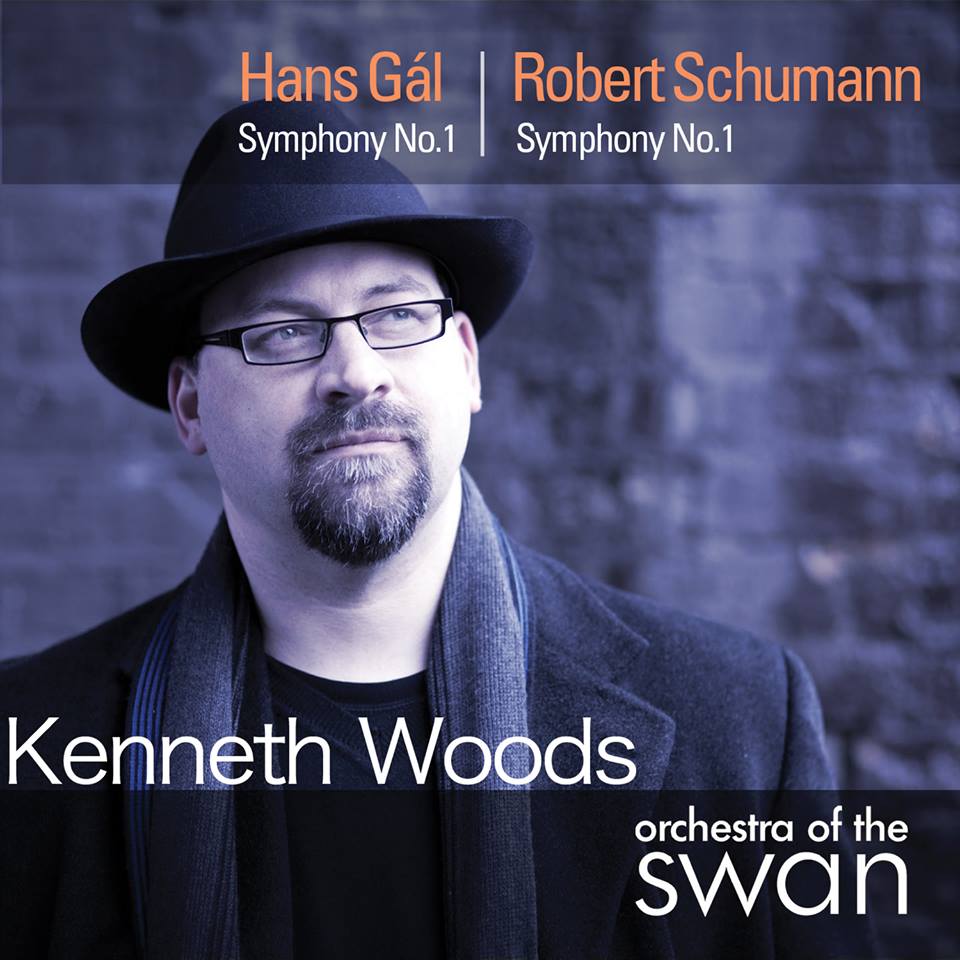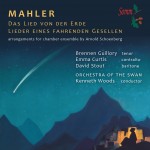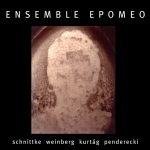Description
November 2023 New Releases Release date: 3rd November 2023
NI6439 Philip Sawyers – Mayflower on the Sea of Time
April Fredrick, soprano Thomas Humphreys, baritone
ESO, ESO Chorus, Kenneth Woods, conductor
| “The 400th anniversary of the sailing of the Mayflower was in 2020. My task as a composer was to write a substantial choral/orchestral work to celebrate this event and the challenges that the Pilgrims faced in the New World. My librettist wrote an imaginative piece that incorporated both a narrative and a reflection on the wider implications the story contained. Human attributes and frailties, moral, religious and political questions are touched upon. The resulting Oratorio, Mayflower on the Sea of Time, is in 4 parts. The soprano and baritone soloists take on multiple roles as both narrators and different characters from the story.” Philip Sawyers |
| “…Given the strong narrative of the source material, it will be no surprise to listeners that this is music that is most often striving purposefully forward. Where in his symphonies, Philip is often very careful to highlight structural moments, and to punctuate musical sentences and paragraphs with great precision and clarity, Mayflower is a study in constant transition and transformation.”
Kenneth Woods |
| This recording captures the debut performance of the English Symphony Chorus. Assembled for this project, the group brings together some of the finest professional singers from across the UK. The ensemble members appear as part of elite groups such as The Sixteen, performers on the operatic stage, working as layclerks at Cathedrals across the UK, as well as working with leading orchestras and new music ensembles.
|
| Philip Sawyers’ works have been performed and broadcast in many countries including USA, Canada, Spain, Austria, Czech Republic, France and the UK. He began composing as a teenager after picking up the violin for the first time at the age of 13, and in 2001 he began receiving major commissions and performances by orchestras in the USA.
|



Fanfare –
CD Review by Ken Meltzer
PHILIP SAWYERS Mayflower on the Sea of Time • Kenneth Woods, cond; April Fredrick (sop); Thomas Humphreys (bar); English SO Ch & English SO • NIMBUS ALLIANCE 6439 (58:57) Live: Worcester Cathedral, Worcester, England 6/17/2023
Mayflower on the Sea of Time, an oratorio by the contemporary English composer Philip Sawyers (b. 1951), was commissioned by Anne Renshaw and funded by Worcester City Council for the 2020 Worcester Schools choral program. Edward Winslow (1595–1655), a Pilgrim who signed the Mayflower Compact and was three times the governor of Plymouth Colony, attended King’s School Worcester. The premiere of Mayflower on the Sea of Time was intended to be part of the commemorations attending the 400th anniversary of the sailing of the Mayflower to Plymouth Colony (Mayflower 400). The COVID pandemic forced the postponement of the scheduled April 25, 2020 premiere in Worcester Cathedral, as well as a planned July 2020 Three Choirs Festival concert. A performance did take place at the Worcester Cathedral on June 17, 2023. Kenneth Woods conducted vocal soloists, and the English Symphony Orchestra and Chorus. A Nimbus Alliance recording of that performance is the subject of this review.
Sawyer’s Mayflower on the Sea of Time is his setting of a libretto by Philip R. Groom. The work is in four parts: Persecution and Journey, Arrival in the New World, Survival and Making Our Community, and Our New World. The narrative traces the struggles of the Pilgrims in Europe and the New World, their interactions (both positive and strained) with Native Americans, and their hope for the future. A solo soprano and baritone, as well as the chorus, assume a variety of roles throughout the work. Certain characters are spotlighted; principally Edward Winslow, his wife Susanna, Peregrine (Susanna’s son by her first husband), and Squanto, who serves as an intermediary between the Pilgrims and Native Americans.
In his comments on Mayflower on the Sea of Time, conductor Kenneth Woods refers to the English oratorio tradition: “This is, after all, a form which originated in Britain, and Mayflower on the Sea of Time marks a worthy and original renewal of a legacy which includes many of this country’s greatest works.” The music of Mayflower on the Sea of Time is cast in a traditional and accessible fashion. Indeed, I don’t hear much that places it apart from a composition written a century or more ago. One work from that era particularly comes to mind. Mayflower’s hour-long duration, scoring for soprano and baritone soloists, chorus, and orchestra, four-movement structure (with a third movement scherzo), and use of musical leitmotifs all may be found in Ralph Vaughan Williams’s 1909 A Sea Symphony. Those elements alone might be enough to inspire a comparison between the two works, especially given Sawyers’s traditional musical voice, which is at times reminiscent of RVW (and other British composers). But librettist Groom adds that his and Sawyers’s creation “is more than the narrative of the ‘Pilgrim Fathers and Mothers’, Mayflower on the Sea of Time. ‘Time’, the Sea we are all sailing; the metaphorical, and for many, the real life shaky and dangerous boats in which we try to keep afloat.”
And so, in both Mayflower on the Sea of Time, as in A Sea Symphony, the sea is not only a mysterious, all-powerful force of nature, but a metaphor for life’s journey. In A Sea Symphony, Vaughan Williams expresses this with his settings of poetry by Walt Whitman. In his libretto, Groom appropriates Whitman for the same purpose. Toward the conclusion of Mayflower on the Sea of Time, Groom quotes from verses 21 and 22 of Whitman’s Song of Myself. The transition from Groom’s to Whitman’s poetry is rather jarring:
New World,
New Time,
Our World,
Our Time,
NOW!
Smile O voluptuous cool-breath’d earth!
Earth of the slumbering and liquid trees!
Earth of the departed sunset—earth of the mountains misty-topt!
Earth of the vitreous pour of the full moon just tinged with blue! (etc.)
Sawyers’s musical setting of the Whitman verse, scored for soprano and baritone soloists and orchestra, has an unmistakable affinity to a parallel episode in the finale of A Sea Symphony, “O we can wait no longer.”
On its own, Mayflower on the Sea of Time stands as a well-crafted occasional work, appropriate and satisfying for the charge of its commission. I can’t imagine why the composer and librettist wanted to invite comparison of Mayflower on the Sea of Time to one of the best-known works in the English choral/symphonic canon. Had its creators taken a somewhat different approach, Mayflower on the Sea of Time could have existed quite well outside the shadow of A Sea Symphony. But as matters stand, a comparison between the two pieces is both inevitable and demanded. And given that RVW already traversed this realm with superior music and text, Mayflower on the Sea of Time emerges as a curiosity.
The Nimbus Alliance recording provides a first-rate account of Sawyers’s new work. Kenneth Woods inspires superb, committed performances from the English Symphony Orchestra and Chorus. Soprano April Fredrick and baritone Thomas Humphreys are admirable both vocally and dramatically, if somewhat pressed in the upper register. A scan code in the CD booklet accesses the complete libretto. As I mentioned, this is a curiosity, but one that has its merits. Ken Meltzer
This article originally appeared in Issue 47:5 (May/June 2024) of Fanfare Magazine.